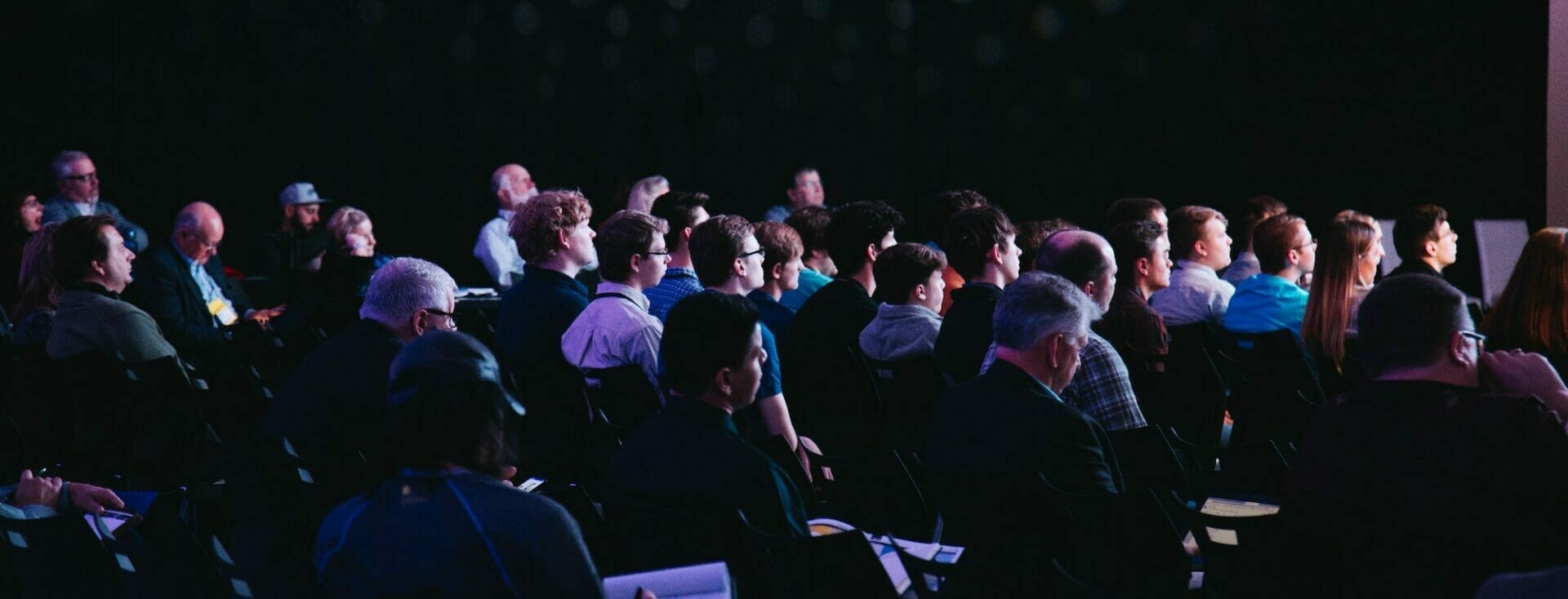When organizations need accurate consumer data regarding product testing, product placement, or how consumers genuinely interact with the brand, observational research is a reliable go-to over other research methods.
As a quick review, observation research is one type of qualitative research where researchers observe participants’ behaviors and interactions instead of asking them to self-report via a survey.
There are three main types of observation research, including controlled observation research, naturalistic observation research, and participant observation research.
This article will take a closer look at the basics of controlled observational research, and why controlled observational research is a reliable method in a world that becomes increasingly more digital.
What is controlled observational research?
Controlled observation is a research method where researchers watch participants in a contained environment, such as a laboratory.
In a controlled study, the researcher pre-determines and controls the study variables and determines the location, the time, the participants, and the tools used to complete the study.
The participants involved in a controlled study are aware they are being observed, but are randomly assigned to different independent variable groups by the researcher.
Before the study, the researcher will often create a coding system to more easily and effectively analyze participant behavior. This coding method makes it easier for researchers to single out critical data, classify the data, analyze it, and turn it into statistics.
Traditionally, controlled observation takes place in a physical location where participants meet in person. However, as technology advances and as the world becomes more virtual, so must research methods and tools.
Thankfully, innovations in market research science offer convenient virtual tools that make it possible to conduct controlled observation research studies remotely. Let’s take a closer look at some ways to make this work.
Ways to conduct controlled observation research studies virtually
Controlled market research is particularly well suited for conducting research in a virtual world. The reason? The tools make it even easier to set up your research variables, observe participants, capture data, and analyze responses, and to do it all remotely.
While there are numerous ways to use technology to conduct a controlled observation, here are some of the top ways researchers can use digital tools from Fuel Cycle to conduct controlled market research.
1. Conduct a controlled live virtual study
With the help of market research tools like Live from Fuel Cycle, it’s possible to set up a controlled study with a hidden observer.
This feature makes it possible for stakeholders to watch participants interact with products while remaining undetected by participants.
2. Use screen share to watch interactions
Live from Fuel Cycle, coupled with the Marvel prototyping integration, helps researchers observe participants navigate a digital prototype and allows the researcher to ask for specific feedback in real-time.
3. Observe emotional responses virtually
Self-reported data rarely captures accurate emotional responses. In fact, researcher Seth Stephens-Davidowitz reports that respondents will sometimes outright lie about their perceptions.
The good news is digital market research tools like Realeyes and Affectiva allow researchers to observe authentic emotional responses instead of having to take participants’ word for it.
Check out more digital market research tools on the FCX Marketplace
As the world becomes increasingly digital, so must market research techniques and tools. The good news is innovative technology like the tools in FCX Marketplace makes it easy to conduct a wide range of research—especially controlled observational research—all from the digital Fuel Cycle platform.
To learn more about observation research, check out our blog on the three most common types of observation research methods. To get personalized help, request a Fuel Cycle demo today.








